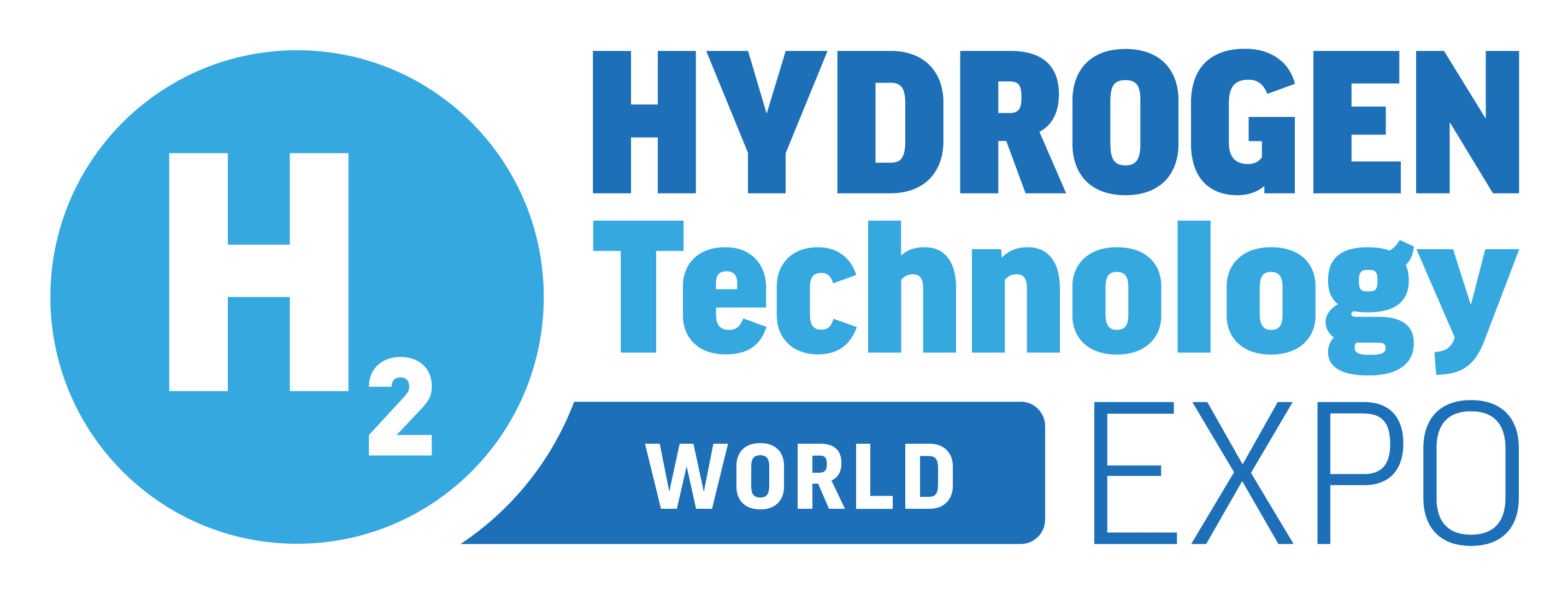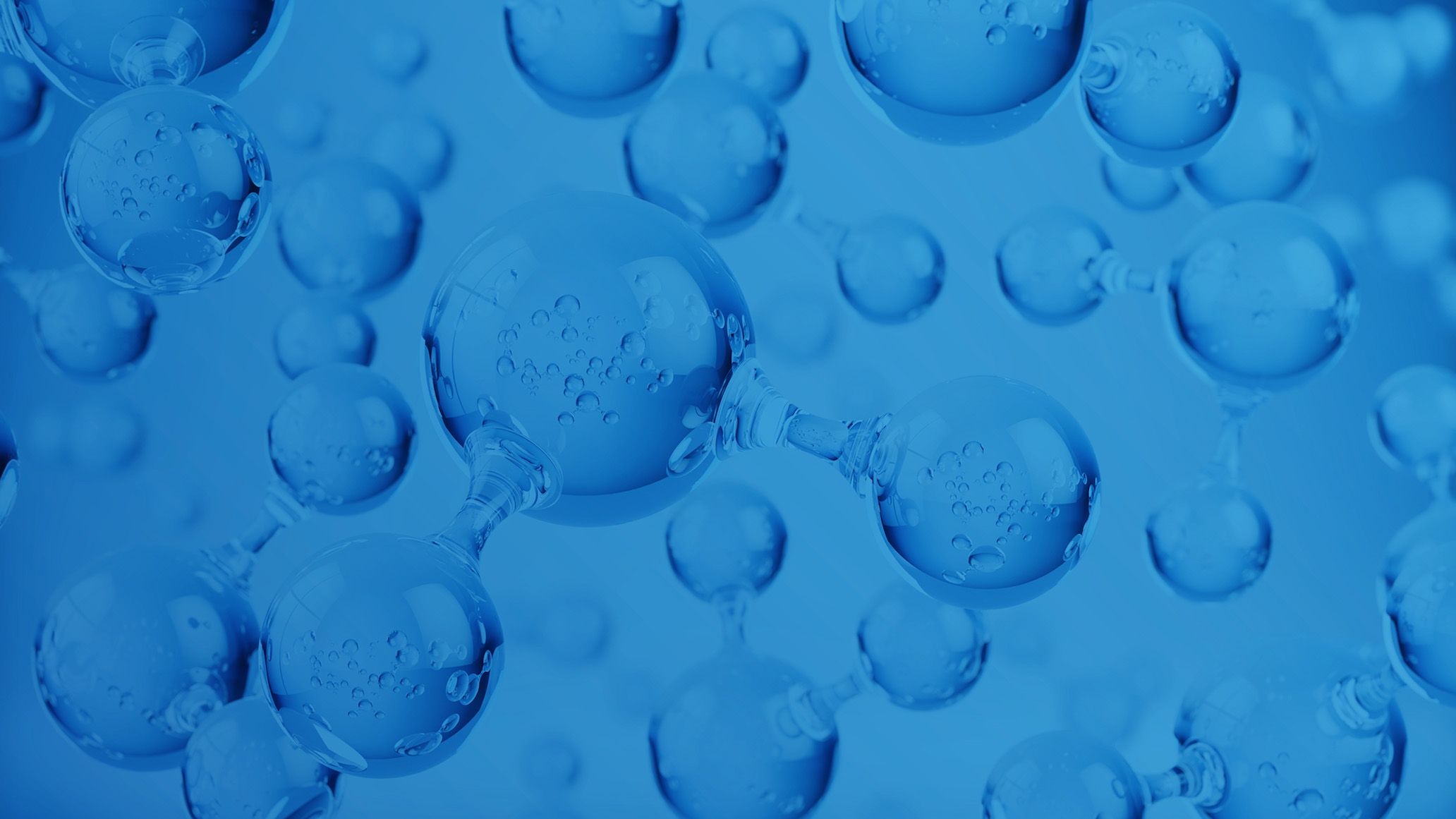JUMO hydroTRANS H50 Dries Food within Hours
)
Some devices like it hot: the JUMO hydroTRANS H50 from the JUMO hydroTRANS series is certainly one of them. It really comes into its own at temperatures above 100 °C.
Devices of the JUMO hydroTRANS series are dependable humidity and temperature transmitters with an optional CO2 module. The device series is available with various interfaces. Moreover, it is characterized by easy installation, robustness, and reliable sensor technology. Now a new powerhouse is entering the big stage: the JUMO hydroTRANS H50.
The JUMO hydroTRANS H50 is a convincing solution even in areas with high levels of moisture or chemical contamination thanks to highly accurate as well as stable temperature and humidity measurements. Its broad application area of -80 to +180 °C and its ability to measure pressures of up to 300 bar not only allows it to handle a wide range of measurement tasks, but also reduces equipment costs due to an integrated data logger.
The device impresses with highly precise measurement, coverage of all applications for humidity measurement, flexible connection options, and a high degree of process reliability, as Justin Heinrici, product manager at JUMO, emphasizes.
“Dry processes for grain can thereby be monitored very closely and also accelerated,” says Heinrici. Thanks to its robustness and precision despite the extremely high temperatures, the JUMO hydroTRANS H50 can also be used in the field of thermoprocess technology. “In terms of energy efficiency, the focus here is on lean processes. Consequently, the JUMO hydroTRANS H50 can provide reliable data,” Heinrici continues.
PEM fuel cells are another application area. PEM stands for “Proton Exchange Membrane” or “Polymer Electrolyte Membrane”. 2 types of PEM fuel cells are being developed: low-temperature cells (up to about 90 °C) and high-temperature cells (up to about 180 °C).
“In the fuel cell, the JUMO hydroTRANS H50 is used to measure the humidity in the supply lines for hydrogen and oxygen. This ensures that the membrane is always properly moistened and, as a result, the operating life and effectiveness of the fuel cell are maximized,” explains Heinrici.




)
)
)
)
)
)
)
)
)
)
)
)
)
)
)
)
)
)
)
)
)
)
)
)
)
)
)
)
)
)
)
)
)
)
)
)
)
)
)
)
)
)
)
)
)

)
)
)
)
)
)
)
)
)
)
)
)


)
)
)
)
)
)
)
)
)
)
)
)

)

)
)
)

)
)
)
)
)
)
)
)
)

)
)
)
)

)
)
)
)
)
)
)
)
)
)


)

